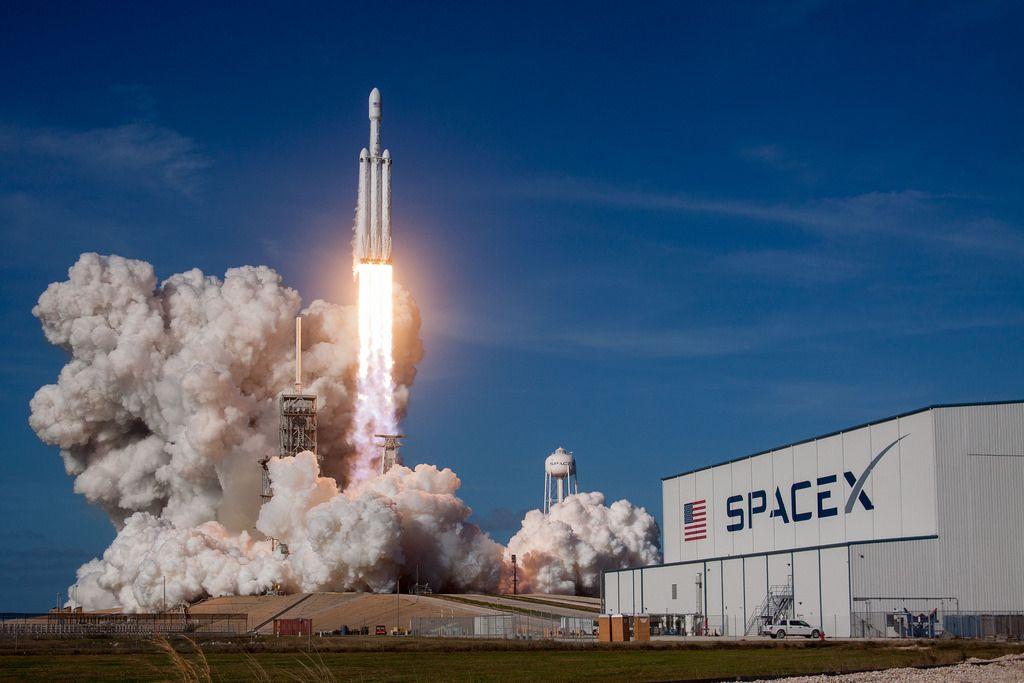In a groundbreaking move, NewSpace India Ltd (NSIL), the commercial arm of the Indian Space Research Organisation (ISRO), has announced its collaboration with SpaceX, owned by billionaire Elon Musk, to launch the communication satellite GSAT-20. This marks India’s first partnership with SpaceX, reflecting a significant stride in space exploration and satellite deployment.
Unveiling GSAT-20: A Ka-band HTS Satellite
GSAT-20, now renamed GSAT-N2, is a high throughput Ka-band satellite designed to meet the growing broadband communication needs of India. Ka-band satellites, such as GSAT-20, deliver high-speed broadband internet connectivity, as well as facilitate digital video and audio transmission. The satellite boasts an impressive Ka-band HTS capacity with 32 beams, providing pan-India coverage, including remote areas like Andaman and Nicobar and Lakshadweep islands.
With a weight of 4,700 kg, GSAT-20 offers a substantial HTS capacity of nearly 48 Gbps, specifically tailored to address the service requirements of remote and unconnected regions in the country.
SpaceX’s Falcon-9 Rocket: The Launch Vehicle
The launch of GSAT-20 will be facilitated by SpaceX’s Falcon-9 rocket, a reusable, two-stage launch vehicle known for its reliability and safety in transporting payloads into Earth orbit and beyond. Falcon 9 holds the distinction of being the world’s first orbital class reusable rocket, contributing to cost reduction in space access through the reusability of its components.
The Partnership and Elon Musk’s Vision
This collaboration between NSIL and SpaceX signifies India’s entry into a new era of space exploration, as it joins hands with one of the most innovative and pioneering companies in the aerospace industry. Elon Musk, the CEO of SpaceX and Tesla, is not only facilitating the launch of GSAT-20 but also expressing interest in expanding his satellite broadband project, Starlink, to India. This dual initiative is poised to bring advanced satellite technology and high-speed internet connectivity to various parts of the country.
‘Demand Driven Satellite Missions’ and GSAT-20
As part of the Space Sector reforms announced by the Government of India in June 2020, NSIL is mandated to undertake “Demand Driven satellite missions” to meet the specific service needs of users. GSAT-20, scheduled for launch in the second quarter of 2024, falls under this category, offering cost-effective Ka-Ka band HTS capacity primarily for broadband, In-Flight and Maritime Connectivity (IFMC), and cellular backhaul service needs.
Important Questions Related to Exams
1. What is the primary purpose of GSAT-20, now known as GSAT-N2?
a) Weather Monitoring
b) Agricultural Research
c) Broadband Communication
2. What is the weight of GSAT-20, the high throughput Ka-band satellite?
a) 2,500 kg
b) 4,700 kg
c) 6,000 kg
3. Which rocket will launch the GSAT-20 satellite into orbit?
a) Atlas V
b) Delta IV
c) Falcon-9
4. What makes Falcon-9 unique in the world of space exploration?
a) First Reusable Orbital Rocket
b) Largest Payload Capacity
c) Fastest Launch Speed
Kindly share your responses in the comment section.



 Mankind Pharma Acquires Bharat Serums an...
Mankind Pharma Acquires Bharat Serums an...
 Discovery of Lithium Resources in Mandya...
Discovery of Lithium Resources in Mandya...
 What is Blue Screen of Death?
What is Blue Screen of Death?
